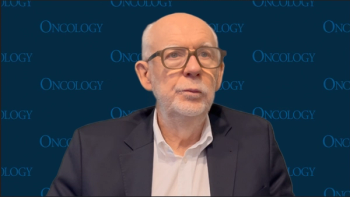
Although a similar proportion achieved MRD negativity at the 10 to the –6 power, not enough studies have analyzed MRD at this level for multiple myeloma.

Your AI-Trained Oncology Knowledge Connection!


Although a similar proportion achieved MRD negativity at the 10 to the –6 power, not enough studies have analyzed MRD at this level for multiple myeloma.
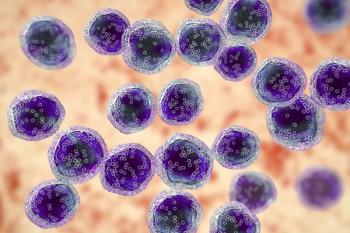
Treatment with anito-cel shows a predictable and manageable safety profile among those with relapsed/refractory multiple myeloma in the iMMagine-1 trial.
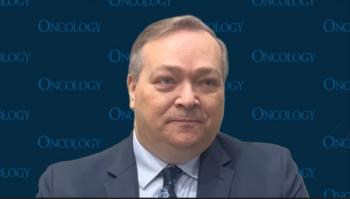
Patients with high-risk markers may especially benefit from the addition of daratumumab to lenalidomide as maintenance therapy for NDMM.

Marc S. Raab, MD, PhD, details how agents such as carfilzomib may play a role in treatment after progression on teclistamab-based induction therapy.
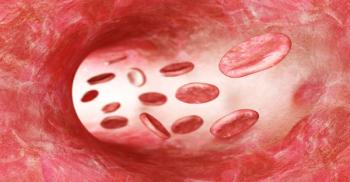
The median PFS was not reached with daratumumab-lenalidomide maintenance after a median follow-up of 49 months in those with multiple myeloma.
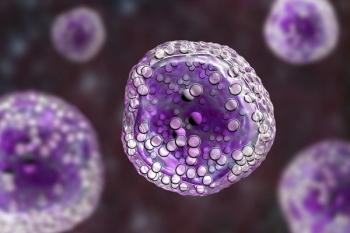
The VGPR or better rate was 87.8% in patients treated with Isa-VRd who had transplant-ineligible newly diagnosed multiple myeloma.

No TRAEs leading to dose discontinuation, DLTs, or belantamab-related corneal events above grade 1 occurred with belantamab in multiple myeloma.

Phase 1b/2 BGB-11417-105 trial data showed low rates of high-grade infection and hematologic toxicity with sonrotoclax-based therapy in multiple myeloma.
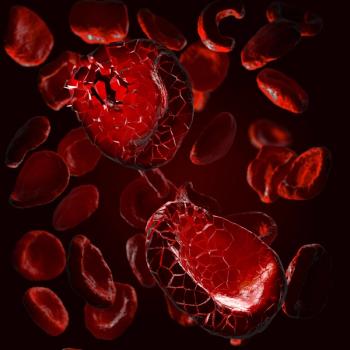
Belantamab mafodotin plus lenalidomide and dexamethasone yielded a stringent CR of 42.9% in patients with newly diagnosed multiple myeloma.
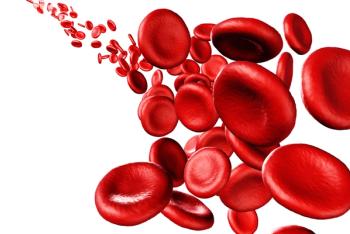
Daratumumab, lenalidomide, ixazomib, and dexamethasone yielded PFS/OS outcomes in transplant-ineligible, newly diagnosed myeloma.
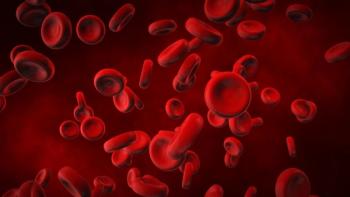
Iberdomide with daratumumab and dexamethasone led to an ORR of 93.1%, with stringent CRs in 30.1%, in those with newly diagnosed multiple myeloma.
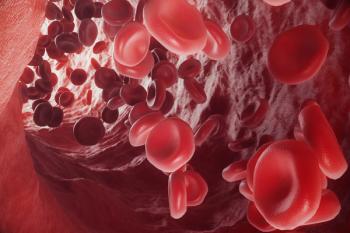
Data from the TANDEMM trial show enduring responses with concurrent anti-GPRC5D and anti-BCMA therapy in relapsed/refractory multiple myeloma.
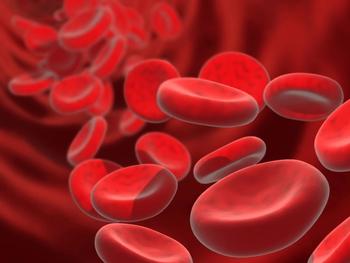
The long-term safety profile of equecabtagene autoleucel was manageable, with no new safety signals identified in those with multiple myeloma.
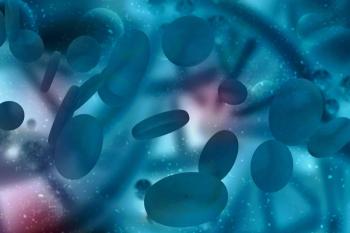
As a 1-time dose, arlo-cel yielded promising efficacy and safety for patients with previously treated relapsed/refractory multiple myeloma.

Patients with high-risk multiple myeloma who received BPd maintenance therapy reported no events of progression in the phase 2 trial.

The safety profile of teclistamab-based therapy in the MajesTEC-5 trial was expected based on the known compounds employed in each combination.
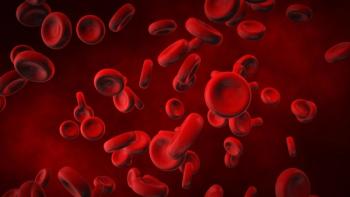
Treatment with ISB 2001 led to an overall response rate of 74% across dose levels 1 to 9 in patients with relapsed/refractory multiple myeloma.

Adverse effects were manageable when patients with heavily pretreated multiple myeloma were given cevostamab consolidation after receiving CAR T-cell therapy.

MRD-negative remission was achieved in 74.8% of all patients with newly diagnosed multiple myeloma treated with isatuximab, carfilzomib, lenalidomide, and dexamethasone.

Additional time is necessary to confirm the depth and durability of responses observed in the phase 1 CAMMA 1 study.
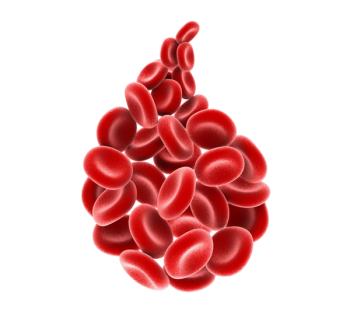
Responses observed with the elranatamab-based regimen in the MagnetisMM-6 trial are anticipated to deepen with longer follow-up.
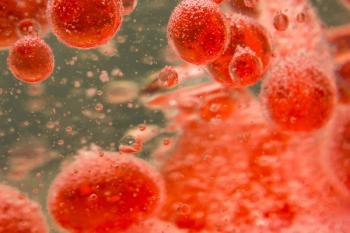
P-BCMA-ALLO1 yielded lymphodepletion responses even among those with prior exposure to other CAR T-cell therapies or bispecific agents.

Data support the addition of daratumumab to standard lenalidomide maintenance in patients with newly diagnosed multiple myeloma following transplant.
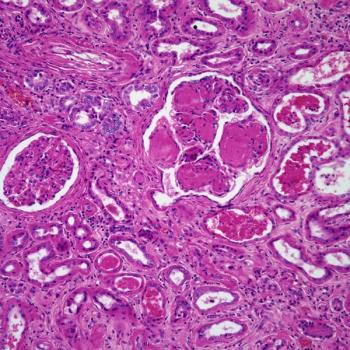
Treatment with durcabtagene autoleucel meets the primary end point of a phase 2 study in relapsed/refractory multiple myeloma.

Data from a phase 1b/2 trial show that sonrotoclax/dexamethasone appears to be well tolerated in a heavily pretreated multiple myeloma population.
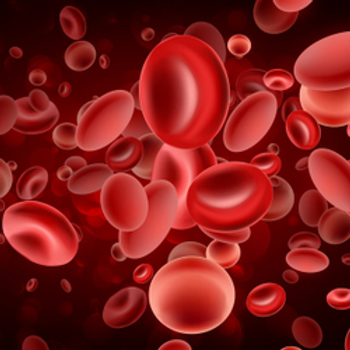
Nearly all patients in the per-protocol population of the MIDAS study achieved a very good partial response or better following study treatment.

Phase 3 data support a daratumumab-based quadruplet as a new potential regimen in transplant-ineligible newly diagnosed multiple myeloma.

Investigators anticipate launching the dose-expansion portion of the phase 1 HDP-101-01 trial in 2025.

The combination of talquetamab plus daratumumab yields improved patient outcomes in those with relapsed/refractory multiple myeloma.
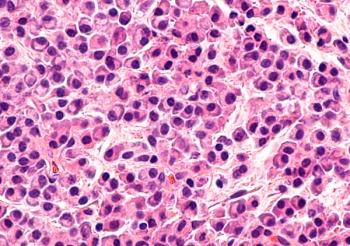
Combining talquetamab with teclistamab elicits responses even among those with extramedullary disease in the RedirecTT-1 trial.